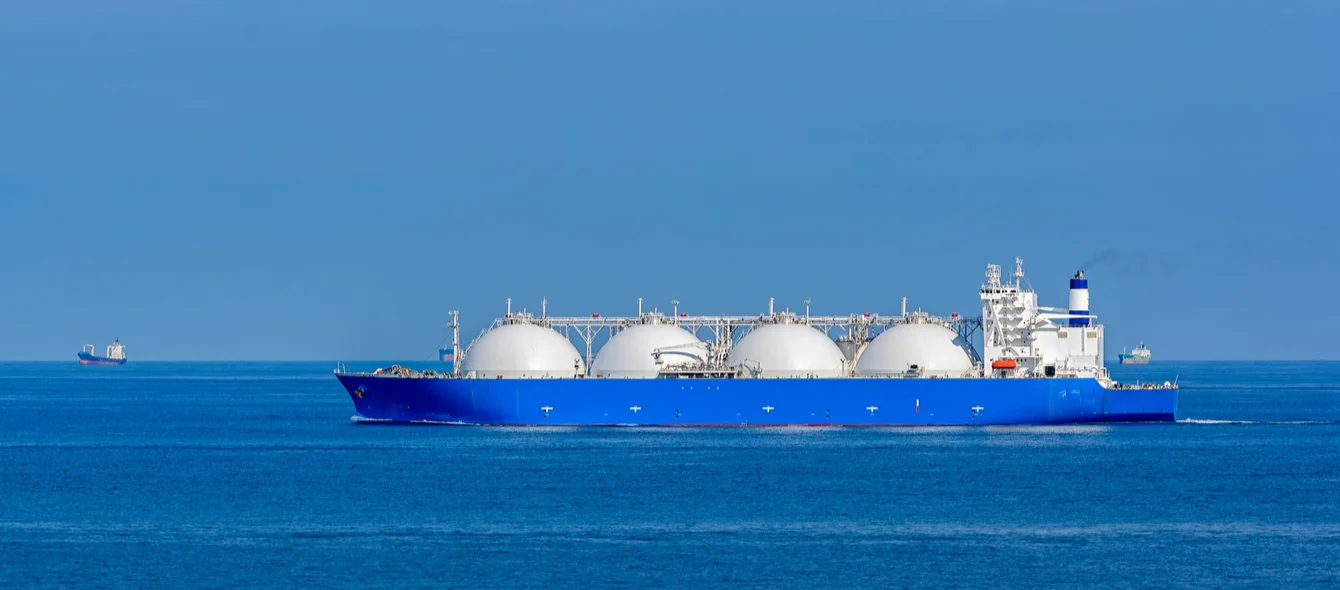Germany has set a clear course for its energy transition by way of its national hydrogen strategy. To achieve carbon neutrality, industry, transportation and parts of the heating sector are to meet their energy needs with renewables flanked by green hydrogen in place of fossil fuel. To this end, the federal government will invest nine billion euros to build the hydrogen economy. Two billion of the capex budget has been earmarked for international hydrogen partnerships. After all, insular solutions will not suffice to achieve the lofty goal, simply because local renewable energy capacity is limited. Copious amounts of electricity from solar and wind farms are required to perform the electrolysis through which the commodity is produced. The German Ministry of Education and Research (BMBF) is thus looking for partners within and – in particular – beyond Europe’s borders.
Researchers from the Fraunhofer Institute calculated Germany’s estimated demand for hydrogen in a roadmap. Their forecast has demand ranging between 250 and 800 terawatt hours (TWh) per year, depending on the sector’s degree of electrification. Based on current data, demand will thus clearly exceed the volume that can be generated nationally. Presently, the Max Planck Institute for Chemical Energy Conversion anticipates that Germany will need to import some 45 million metric tons of hydrogen through to 2050.
First green hydrogen plant in Africa
In light of this premiere, the BMBF mapped out potential even before the government adopted its hydrogen strategy. The geographic document analyses the possibilities of various African nations to produce green hydrogen. The focus is on regions that are ideal locations for renewable energy plants, for instance because they have unusually high numbers of sunshine hours or strong winds. These areas are attractive to Germany when it comes to finding cooperation partners to create the hydrogen economy. Two of the nine billion euros in subsidies for implementing the hydrogen strategy have been earmarked for international partnerships.
Germany has already found a suitable partner in Morocco. Plans envisage this North African country becoming home to the continent’s first green hydrogen production plant – at a cost of 300 million euros – and to a research platform. The two governments have signed a letter of intent to put in a joint Power-to-X effort.
Supply chain including Australia planned
Promising options also exist elsewhere. Australia, for one, recently announced that it would consider entering into a long-distance hydrogen relationship with Germany. The BMBF is intent on commencing collaborative activities before year-end, as the sunny country appears to be an ideal partner. Besides excellent conditions for producing power from renewables, Australia has also adopted a national hydrogen strategy. German Research Minister Anja Karliczek, Australia’s Minister for Resources, Water and North Australia Keith Pitt, and Australian Trade, Tourism and Investment Minister Simon Birmingham have come up with the idea of importing the sun from Down Under to Germany as hydrogen.
This summer saw the ministers sign a letter of intent to this end. They plan to establish a joint supply chain for the commodity, with German companies as technology providers and Australia as the producer of the green hydrogen that would then be exported to Germany. The partners seek to explore the options in a 24-month feasibility study. The BMBF will support the German project partners, the National Academy of Science and Engineering (acatech) and the Federation of German Industries (BDI) with 1.5 million euros in funding. RWE Supply & Trading is involved as a partner in the HySupply project, bringing its expertise in international supply relationships to the table.
In addition to spurring the energy transition across borders, the cooperation aims to boost the economy in the two countries. German Research Minister Anja Karliczek declares, “What’s important to me is that Germany set the stage for international green hydrogen sponsorships now, in order to open the door to sales markets for hydrogen technology made in Germany early on.” Simon Birmingham adds, “By working with each other and with industry, we will build a renewable hydrogen economy that creates jobs in both Australia and Germany.”
Talks of ‘gigafactory’ in France
Germany’s government is also in the hunt for partners in the neighbourhood. In early September, Economics Minister Peter Altmeier and his French counterpart Bruno La Maire had a tête-à-tête at a meeting of EU finance ministers on hydrogen. This was just after France presented its seven billion euro hydrogen strategy. Now they are apparently considering joining forces to build a ‘gigafactory’ for the sustainable production of the resource. Further details remain to be clarified, with the two countries intending to invest up to 1.5 billion euros in the project.
Germany always sees itself as innovation driver in these partnerships – a notion emphasised by Anja Karliczek. Her ministry already subsidises various hydrogen research endeavours. For instance, scientists in the Copernicus projects, one of Germany’s largest research initiatives relating to the energy transition, have been exploring ways to obtain, store, transport and use the raw material both sustainably and efficiently for some years now.
Cross-border research subsidies
By adopting the national hydrogen strategy, the ministry gave birth to further subsidy programmes, including the German Republic of Hydrogen idea competition. The contest aims to spur fundamental research in the field of hydrogen technology and implement lighthouse projects regarding the use of green hydrogen in the industrial, transportation and building sectors. Moreover, in the future the BMBF will provide funding to German universities and research establishments that team up with institutes from the Asia-Pacific region to conduct hydrogen research.
In so doing, the German government wants to form a basis for further alliances and create a global network, with a view to gaining a strategic advantage. After all, should more and more countries look to this commodity going forward, partners with substantial resources will be worth their weight in gold – or more fittingly – in hydrogen.
